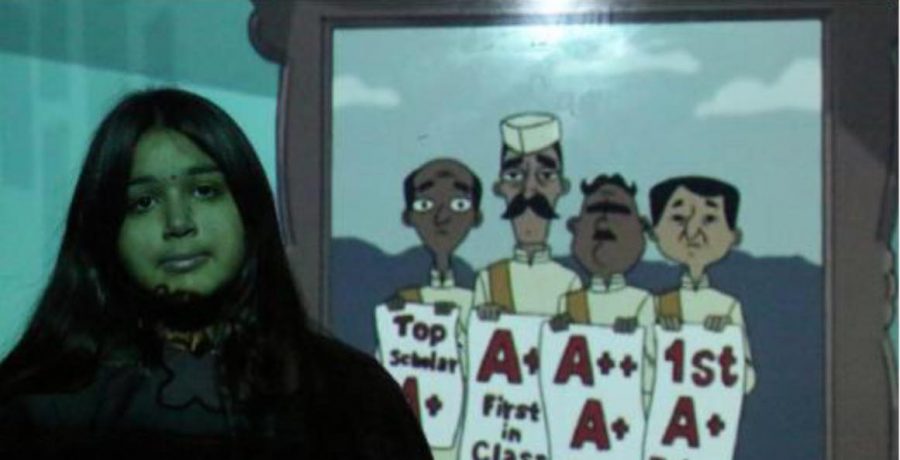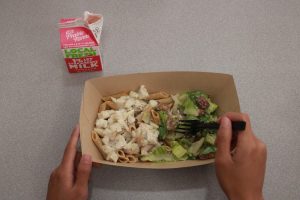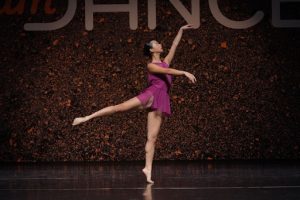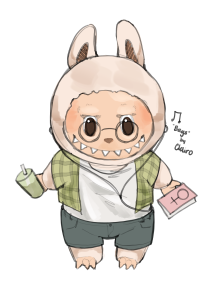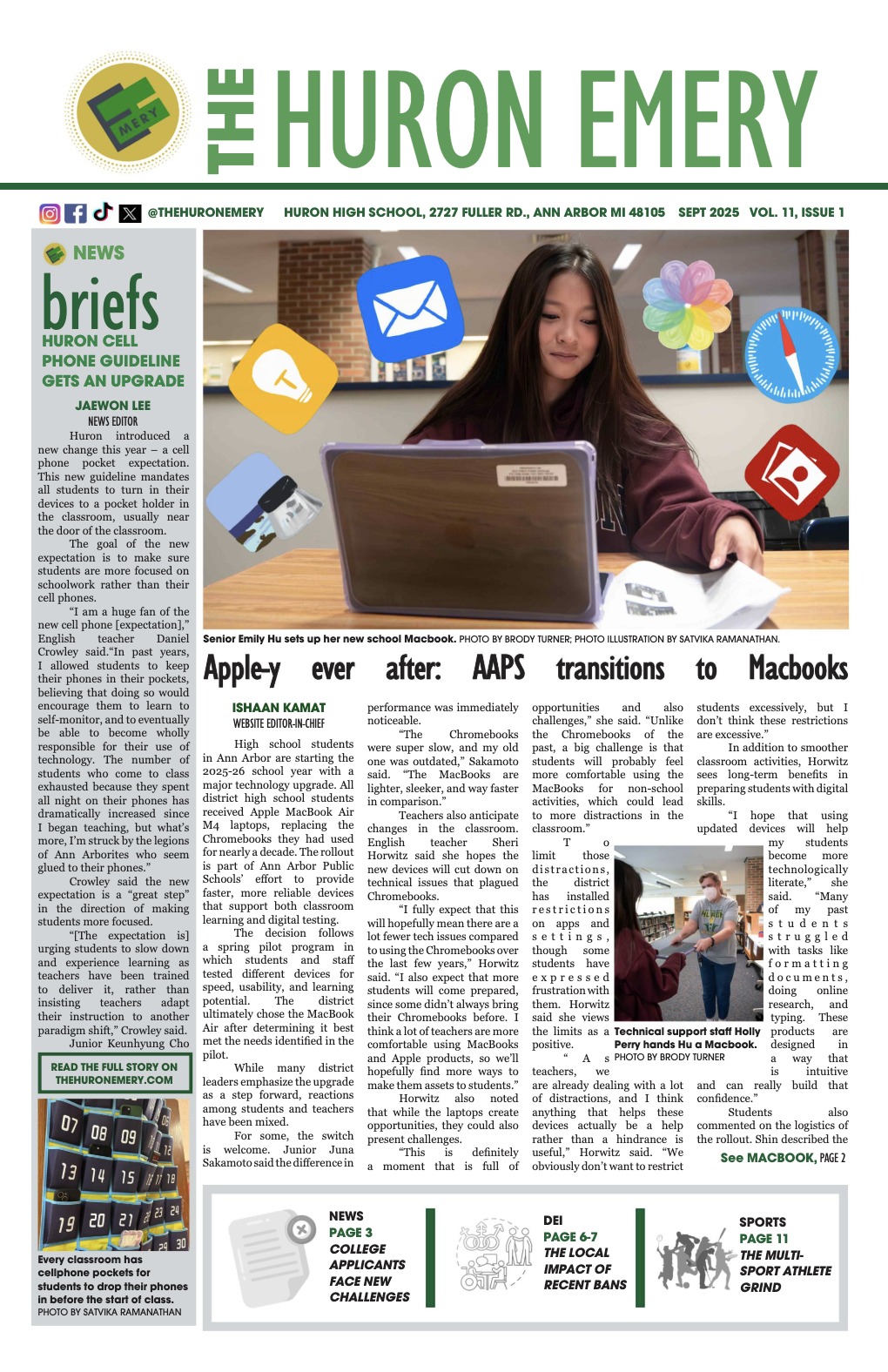How stereotyped TV minorities ruined my impression of myself
Junior Mishal Charania stands in front of a scene from “Phineas and Ferb.” In this episode, Baljeet, the only Indian character on the show, sang about the importance of getting good grades in his life.
November 21, 2019
I am Indian-American. Some might assume that I love to eat curry, my father owns a 7/11 and I only get As in school. In actuality, none of these things are true. I can’t eat most curries because I lack any tolerance for spicy foods, my father is an infectious disease doctor and sadly I am incapable of getting straight As.
Throughout my childhood, I was never blatantly confronted with any South Asian stereotypes. I went to a pretty diverse school in Saginaw, Michigan, where most kids were aware to not make rude remarks about other people’s race. However, when I turned on my TV, the only South Asian characters on my favorite shows were reduced to racist stereotypes.
On the popular show “Phineas and Ferb,” the character Baljeet was an encapsulation of an Indian stereotype. He was the only character on the show with a thick accent, which in my opinion sounded like a white-person bad impression of an Indian. He enjoyed studying in the summer, in particular, learning new math concepts. And throughout the show, he was being bullied by another character but chose to remain timid instead of standing up for himself. Every aspect of Baljeet’s character was based on some misconstrued stereotype and it seemed like his only purpose on the show was to be used as a punchline for a couple of jokes.
“Jessie,”a show about the relationship between adopted kids from a wealthy family and their nanny, was an attempt by Disney to be more diverse. The show had a character named Ravi, who surprisingly, was another very stereotypical Indian. Although most of the children on the show were adopted from outside of the United States, Ravi was the only character with any accent and the only character that still wore traditional clothing. He was portrayed as a stereotypical nerd that loved school and video games. The show often made fun of his lack of athleticism and cast him out as a loser.
These offensive children’s characters stem from a larger problem in Hollywood. South-Asian Americans lack representation in media. A UCLA report published earlier this year found that Asians made up only 3.1 percent of all top film roles in 2016, despite making up around 6 percent of the US population. Often, when South Asians get roles in movies or TV shows, they are portraying a character based solely on stereotypes.
“The truth is, I’m frustrated,” said filmmaker Pari Mathur in HuffPost. “In media, we are portrayed as the self-conscious and awkward best friend, tech-support, or the group of people with accents. The reality is, we’re not. Growing up and living here in the heart of the Silicon Valley, Indian-Americans run the show. We’re CEOs, leaders, and visionaries. But we’re not portrayed that way at all.”
The stereotypes of Baljeet and Ravi had a profound effect on me even as a child. I increasingly became more insecure about the image of my culture after seeing it portrayed time and time again as a joke. Some argue that making stereotypes about culture is just apart of comedy. But Phineas and Ferb is a children’s show, and children are not mature enough to recognize that they are merely stereotypes.
As the next generation of South-Asian Americans, it’s our job to change the narrative and depict authentic stories. South Asians such as Mindy Kaling, Aziz Ansari and Hasan Minhaj have continued to break away the stereotypes by creating shows with Indian-American characters with more complex identities. Our stories and struggles go beyond being good at math.



